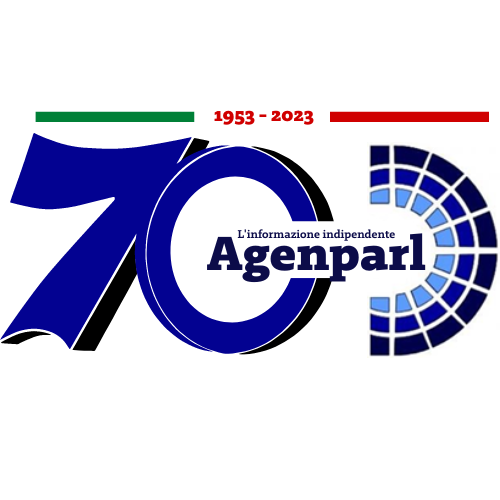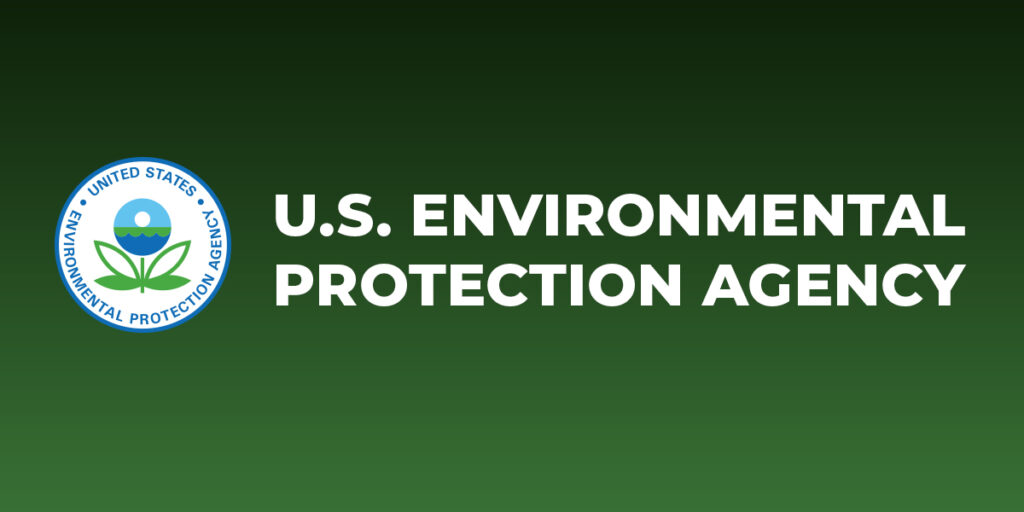 (AGENPARL) - Roma, 14 Marzo 2024
(AGENPARL) - Roma, 14 Marzo 2024(AGENPARL) – gio 14 marzo 2024 Issued: Mar 14, 2024 (3:59pm EDT)
If you wish to unsubscribe please do so
here: http://url6130.epa.mediaroom.com/ls/click?upn=u001.iqz6hAvLdUl-2FaSixKUG3iyFJBsxNAroAZOQ1BID8fKIiLAUfJX2sQlhu1tzKAOIu-2BU84uzAzSpWvmWyHnsNJDRYXWx5dlMz75Zp9ch-2BQlG6mQHPYjReZhS13hvd5qOopAEDw_-2B0Ok6Af7hyz7Kqg6CR74pYblAA1WjrUjKSJUAiv3NOub0DC4O7JPWGxIlQ7kBB-2FSr9ZRqOQMOV2u-2BaSrsEzEGfEnztRHUJJrwKnOTMIujqEijcG7DzQU3XaxCJar45cxUfzcQOhlKKXQdgUdYN-2B5VytYksdib4aCH1i24EeCKNHCLgcwxVP-2Bt1n2ExVuqYbto3oLzDyHtQVjm2hX73RXbjWAiuC1Blylfsm8-2FjUU8J4P8uW2C0nWDPJZKVNBMJRjt677ZVd4t9wGfKqLRODJbg-3D-3D
EPA finalizes commonsense standards to limit air toxic pollution at gasoline
distribution facilities
WASHINGTON – Today, March 14, 2024, the U.S. Environmental Protection Agency
is announcing its action to reduce toxic air pollution from gasoline
distribution facilities, including storage tanks, loading operations and
equipment leaks. These rules, which exclude gas stations, are expected to
reduce emissions of air toxics, including benzene, hexane, toluene, and
xylene, by 2,220 tons per year, and emissions of volatile organic compounds by
45,400 tons per year.
“These rules will protect public health for communities near gas
distribution facilities, which are disproportionately communities of color and
low-income communities,” said Joseph Goffman, Assistant Administrator for
EPA’s Office of Air and Radiation. “By helping to reduce exposures to
toxic air emissions, these actions will help communities breathe cleaner air,
improving lives in communities already overburdened by pollution.”
People exposed to toxic air pollutants may have an increased chance of getting
cancer or experiencing other serious health effects within their lifetimes.
These health effects can include damage to the immune system, as well as
neurological, reproductive, developmental, respiratory and other health
problems. Volatile organic compounds (VOCs) can have short- and long-term
adverse health effects, and evaporated VOCs can react in the atmosphere to
produce secondary pollutants, including ozone and secondary organic aerosol, a
contributor to fine particles, or soot.
The air toxics emitted by Gasoline Distribution sources are benzene, hexane,
toluene, xylene, ethylbenzene, 2,2,4-trimethylpentane, cumene and
napthalene.
For the final rule, EPA has considered input received during the public
comment period and made several adjustments to enhance environmental
protection while ensuring no significant impacts on small businesses or gas
prices.?
This action will require gasoline distribution facilities to adopt
cost-effective practices and control technologies to reduce emissions from
storage tanks, loading operations, and equipment leaks. EPA is also finalizing
New Source Performance Standards for Bulk Gasoline Terminals to reflect the
best system of emissions reduction for loading operations and equipment leaks.
Because the rules will reduce air emissions, such as leaks at these
facilities, EPA projects that some of these reductions will result in
annualized cost savings—a win-win for companies, consumers, and
environmental justice communities. The final action includes revisions related
to emissions during periods of startup, shutdown, and malfunction; monitoring
and operating provisions for control devices; and electronic reporting.
To read the final action, visit EPA’s Gasoline Distribution MACT and GACT:
NESHAP webpage.
To unsubscribe or change your settings click here:
http://url6130.epa.mediaroom.com/ls/click?upn=u001.iqz6hAvLdUl-2FaSixKUG3iyFJBsxNAroAZOQ1BID8fKKhIILjisBDEktm3-2BIos9X6i2CEHtqQrs8zo-2BD4wyote4jb1Ajt9Vcue6k9EEkBWrfswzUo4S4DTHRVDZk6Flu6yC8g0be0nSzcFMNzVNTJ6w-3D-3DFZrC_-2B0Ok6Af7hyz7Kqg6CR74pYblAA1WjrUjKSJUAiv3NOub0DC4O7JPWGxIlQ7kBB-2FSr9ZRqOQMOV2u-2BaSrsEzEGfEnztRHUJJrwKnOTMIujqGIIcfWlFqOPmBYvln6FMi6G-2FADcHO6KtT-2Fx0LN1bCTDgYFOPJtOayafYTqWjhhjfRbpuMG07dAPXJgKTRqFJQjWW2OCyVFQHb1oxNqQE0miFXClvflWV7woLcw66r12EGhJSf2nrAS4G-2BcIHGcF2sUbgFLu5eqEYfmtNDFHzQBwA-3D-3D

